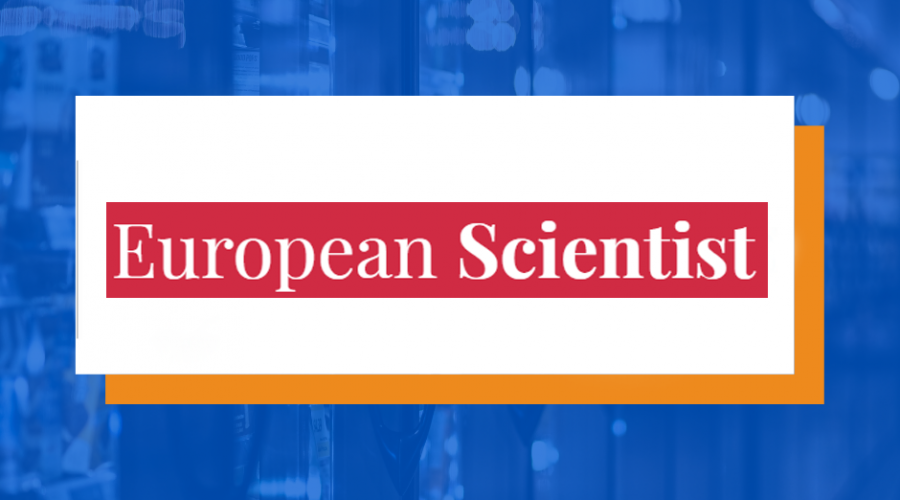The UN-led gambit to curb innovation in the developing world is only blocking prosperity
Why the risk-avoiding ‘Stockholm Convention’ endorses harmful bans and stunts progress where it is needed most.
Among developed nations, one of the most significant drivers of economic growth and prosperity has been the ability of our innovators, scientists, and entrepreneurs to deliver great products to the consumers who need them.
We need only think of the advances in washing machine technology, which has freed up hours of domestic labor, plastics and silicones, which have allowed products to be produced cheaply and last longer, and more abundant use of computer chips in our appliances, which has enabled a “smart” revolution in consumer products that are saving us time and effort at home, which fueling the revolutions in artificial intelligence and medical technology.
While these innovations are beginning to also reach developing nations, however, there are existing international treaties and regulatory bodies that are making it more difficult and costly for these products to be sold or even accessed. This significantly affects the life of a consumer and their ability to provide for their families.
One such United Nations treaty is a little-known global pact known as the Stockholm Convention, which aims to regulate long-lasting or “persistent” chemical substances, and has become the unofficial world regulator for industrial and consumer products and their makeup.
Many of the substances and compounds first targeted by the convention were pesticides, industrial chemicals, and by-products that had known harmful effects to humans or to the environment. These included aldrin, chlordane, and most controversially, the malaria-killing insecticide known as DDT.
The main idea behind these restrictions, and the UN convention itself, is that these compounds take forever to break down in the environment, and eventually make their way into our bodies through food or water contamination, and could pose an eventual danger to organisms.
Unfortunately, since the convention was launched in 2001, it has gone from banning and restricting known dangerous substances to now applying cautious labels or entire injunctions on chemicals used in ordinary life and with no known or measured risk factor in humans or animal species.
Moreover, with a large international budget and limited oversight, researchers have noted how the convention’s financial implementation has often pushed developing countries to adopt restrictions or bans for the guarantee of funding alone, something that has been observed with UN-related treaties on vaping products, and may have some complications for global trade.
Now in its 20th year, the convention has repeatedly relied on the European Union’s “precautionary principle” approach when it comes to determining risk, meaning that any general hazard, no matter the risk factor, must be abandoned out of an abundance of caution. This neglects the normal scientific framework of balancing risk and exposure.
The example of the herbicide dichlorodiphenyltrichloroethane — known as DDT — presents one of the most glaring cases. Though it has been banned in many developed nations and blocs such as the United States and the European Union, it is still used in many developing nations to wipe out insects carrying malaria and other diseases. In these nations, including South Africa and India, the possible harm is “vastly outweighed” by its ability to save the lives of children.
The current mechanism, therefore, considers the wishes of developed nations that do not have to deal with tropical diseases like malaria and forces this standard on those that do. The scientific analysis found in the global meetings of the Stockholm Convention does not take this factor, and a host of others, into account.
With a precautionary principle like this in place, including a process led more by politics than science, one can easily see how economic growth can be thwarted in nations that do yet have consumer access to products we use on a daily basis in developed countries.
Whether it is pesticides, household chemicals, or plastics, it is clear that a global regulatory body to regulate these substances is a desired force for good. However, if an international organization enforces bad policies on middle and low-income countries, then that is a calculation that harms the potential progress and innovation in the developing world.
Originally published here







